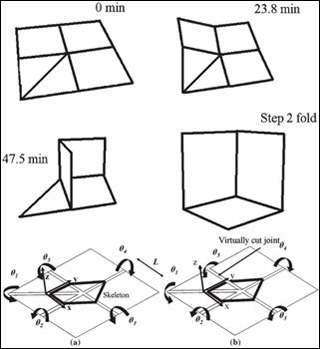Course Description
Upon successful completion of this course, students will be able to:
- Create lumped parameter models (expressed as ODEs) of simple dynamic systems in the electrical and mechanical energy domains
- Make quantitative estimates of model parameters from experimental measurements
- Obtain the time-domain response of linear …
Upon successful completion of this course, students will be able to:
- Create lumped parameter models (expressed as ODEs) of simple dynamic systems in the electrical and mechanical energy domains
- Make quantitative estimates of model parameters from experimental measurements
- Obtain the time-domain response of linear systems to initial conditions and/or common forcing functions (specifically; impulse, step and ramp input) by both analytical and computational methods
- Obtain the frequency-domain response of linear systems to sinusoidal inputs
- Compensate the transient response of dynamic systems using feedback techniques
- Design, implement and test an active control system to achieve a desired performance measure
Mastery of these topics will be assessed via homework, quizzes/exams, and lab assignments.
Learning Resource Types
grading
Exams
notes
Lecture Notes
assignment
Problem Sets
Problem Set Solutions

Mastery of system response characteristics and manipulation allows impulses to be applied to a 2-D membrane to create a 3-D MEMS structure. (Image courtesy of IEEE. Used with permission.)










